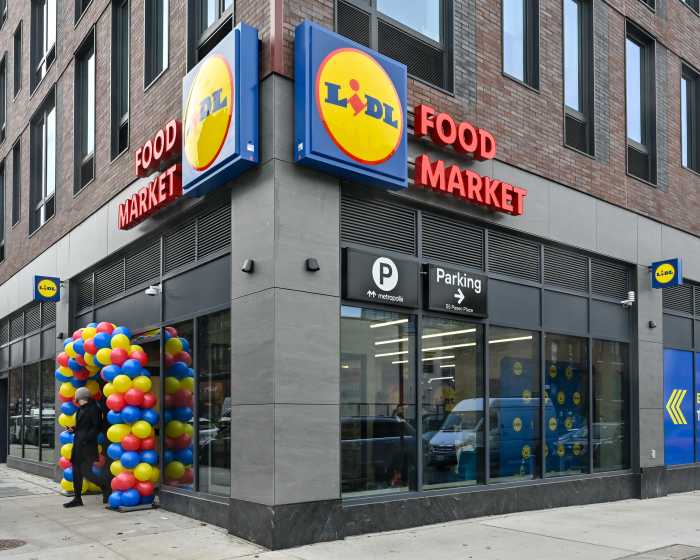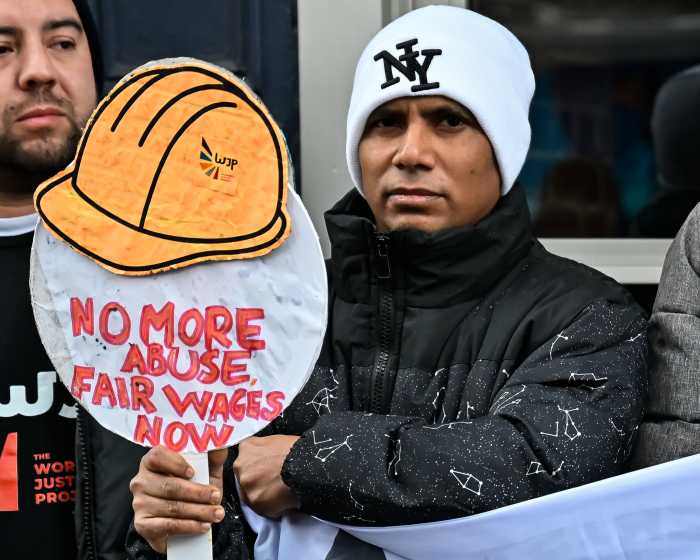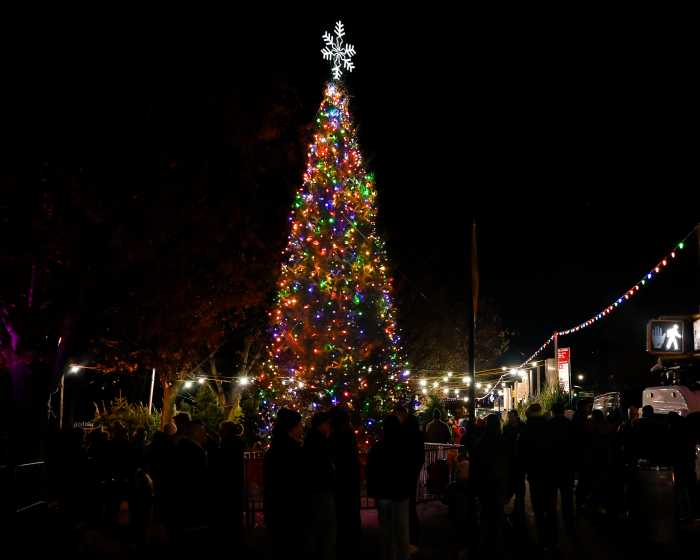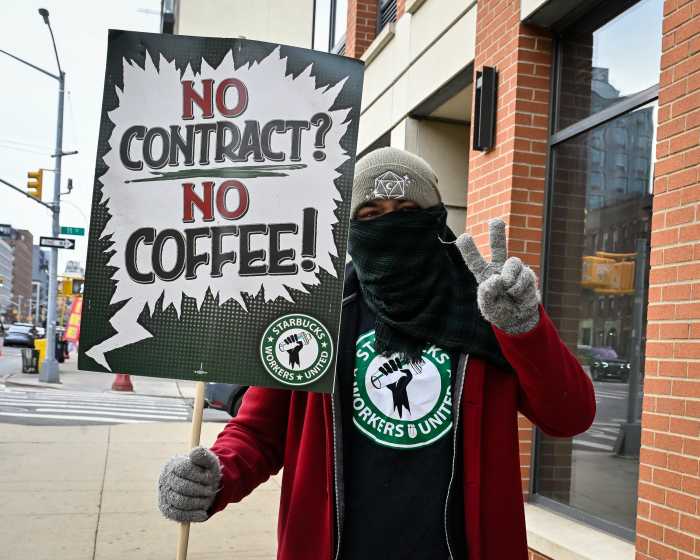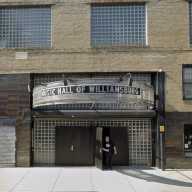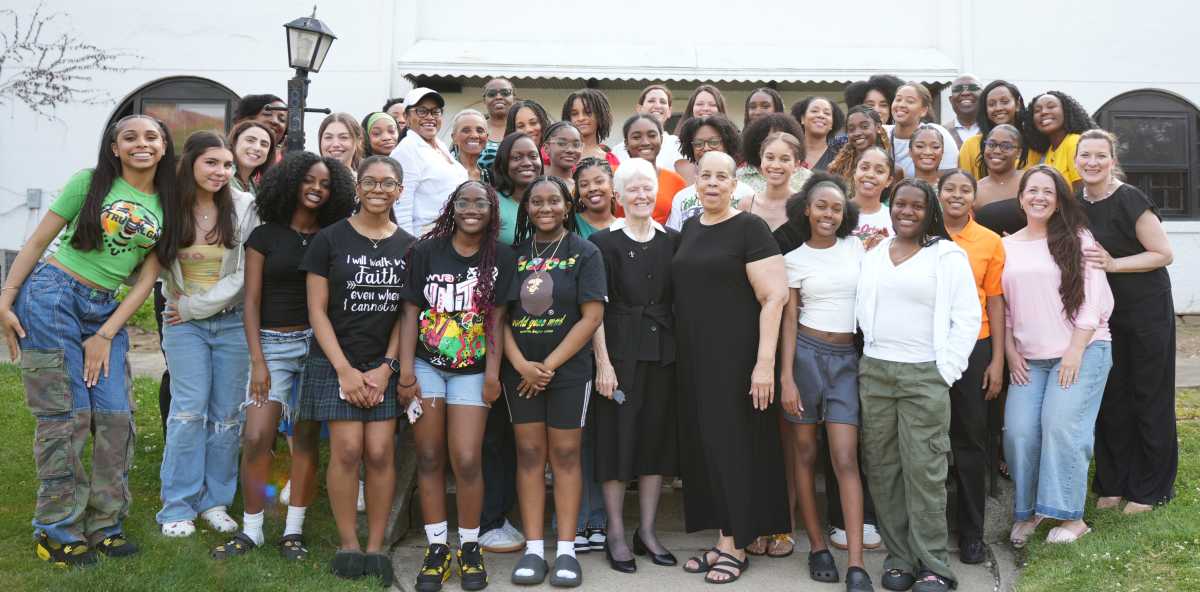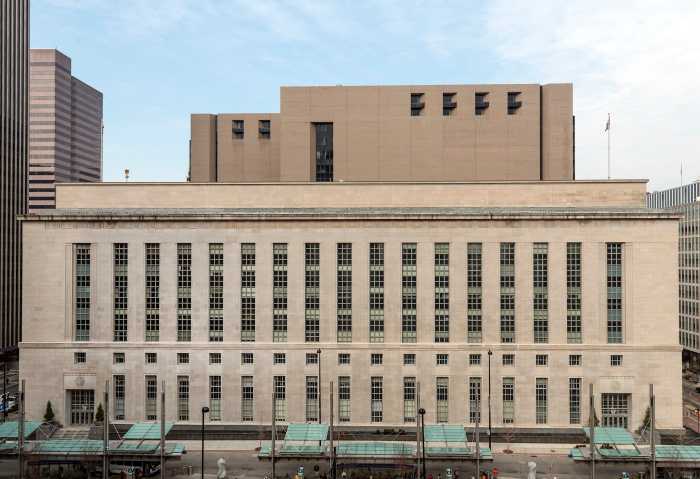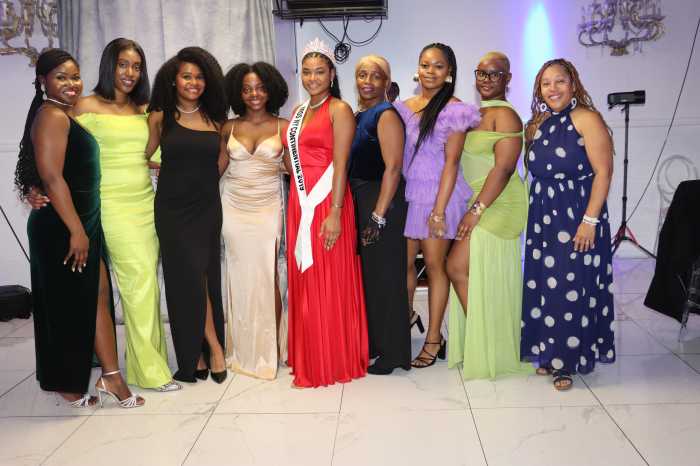This is art that gets involved.
An art exhibit about the gap between haves and have-nots will blend art and activism this week, with two events for people battling income inequality. The curator of “In Search of One City: Sensing (In)equality,” on display at the Old Stone House in Park Slope, says the workshops on Sept. 13 and Sept. 16 will offer practical advice while expanding the show’s audience.
“My goal was also to bring in some new audiences — people who might not choose to see a socially-charged art show, or an art show at all,” said Katherine Gressel, who lives in Park Slope.
The “In Search of One City” exhibit, on display until Oct. 10, features work from more than a dozen artists, each engaging with a different aspect of wage disparity.
Part of the exhibit is a series of posters listing tenants’ rights, and a workshop on Sept. 13 will teach visitors to silkscreen their own posters. The drop-in afternoon event will also address peoples’ questions about tenant-landlord disputes, said Gressel.
“We just secured a public interest lawyer who will be able to discuss issues that people have,” she said.
A more formal panel discussion on Sept. 16, titled “Sensing and Doing Something About Inequality,” will focus on artists who want to get involved with activism, with a set of practical steps that economically-focused artists can take.
Gressel said she was inspired to create the exhibit after stumbling across an audio piece from artists Laura Hadden and Tennessee Watson.
“‘Wage Working Jukebox’ really makes clear the difference in wages that workers are receiving,” she said. The jukebox, which is on display in the show, holds audio interviews with different workers, and the length of each track equals the amount of time it takes the interview subject to earn one dollar. An interview with a lawyers is over in moments, she notes, while a talk from a prisoner requires multiple albums.
The show’s most provocative display may be “How to Suffer Politely (and Other Etiquette),” a satirical series of signs that encourage poor people not to make a fuss with messages like “Take it like a man — but don’t take it up with ‘the man’.” In a statement, artist Kameelah Janan Rasheed said that the piece is meant to engage with the “respectability politics” that police how black people respond to injustice.
The gallery space within the Old Stone House is host to many different events, including wedding receptions and daycare group, and Gressel says the posters might not always be appropriate for the events.
“Those posters may be put away for certain events, like a wedding for instance,” admitted Gressel. “But some of the artwork will be out on view at all times.”
“In Search of One City: Sensing (In)equality” at the Old Stone House [336 Third St. between Fourth and Fifth avenues in Park Slope, (718) 768–3195 www.theol




